
InformatiePrimaire endodontische behandeling Endodontische herbehandeling Bijzondere behandelingen Endo op een rijtjeWebwinkelBestel- en betalingsinformatie Eerdere aanbiedingen Handinstrumentarium Roterend instrumentarium Microscoop Accessoires Vulmaterialen Diversen Cursuspakket Beter Licht & ZichtOverigTrefwoorden Site map Presentaties (TIP!) Downloads Het Kanaal Links Endoplaza Forum MarketPlaza Over Endoplaza Gebruiksvoorwaarden site |
Removing broken instruments
Indispensable instruments/appliances:
Make the file well visible by removing possible overhanging dentine. Try to drill the file loose with an ultrasonic tip 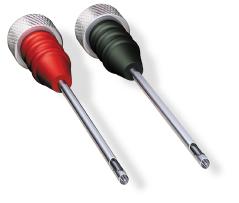 Carefully pull the file out of the canal.
ad b. A file broken off halfway the root canal. The canal part over the file is prepared with a Gates Glidden drill being filed off until its broadest point. A round LN drill have almost to be prepared separately until the end as there is always some tension in the canal. During the treatment there is a risk that a small part of the file vibrates off. With the operating microscope one can see very sharply if a part of the file has remained behind. If so, the procedure is followed again.
ad c. A file broken off close to the apex. 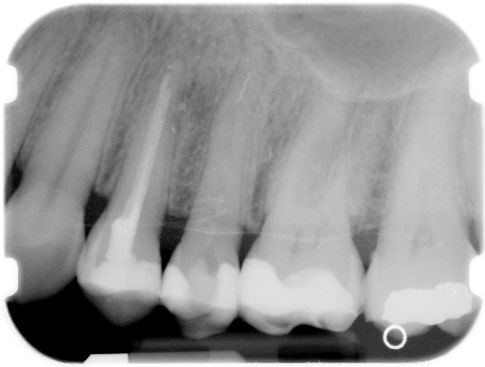
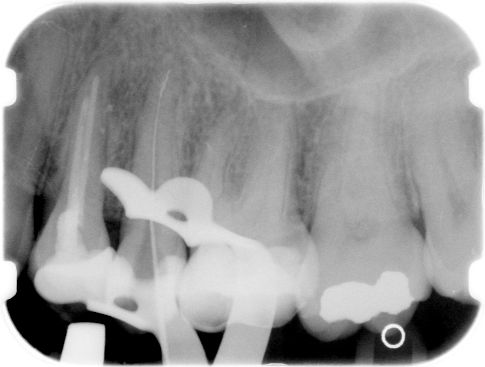
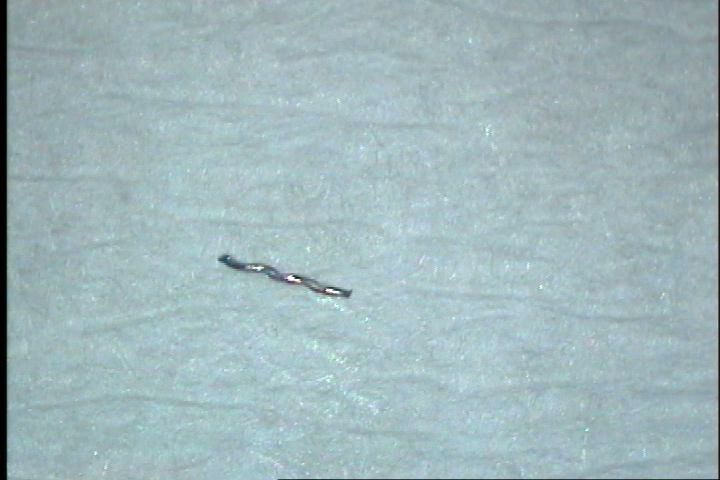
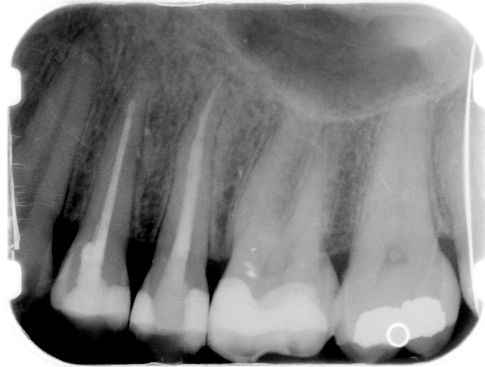
Until recently one had to consider if, with a broken file in the apical territory, removing did not cause more damage than maintaining. Certainly in curved canals it was almost impossible to remove both the broken file and to spare the radix. Passing and removing the part of the file is the best solution, which is shown in the movie. (Attention: the size of the file is 13 Mb.) ad d. When a piece of Profile is broken off halfway or deep in the canal, then, an attempt can be made to remove that piece as follows:
Click on the camera to see a short movie of the procedure. (Please note that the size of the file is 13Mb.)  Removing a broken lentulo needle 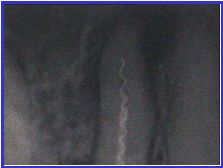
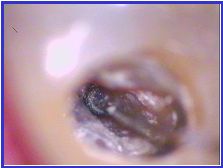

If a lentulo needle breaks, then it often happens at the height of the canal entrance. If the needle is really stuck, then, it would be advisable to loosen the lentulo needle with a vibrating ultrasonic file. Then, a hand file or Rotary file is placed in the winding and the file is turned loose in a clockwise direction. (Contrary to the usual files which turn debris etc. out of the canal, a lentulo needle is turning paste to the right in the canal. So, in order to remove the needle, one should turn the needle clockwise!). Of course, also within seconds glue hand file can be pasted to the lentulo needle and then be pulled out of the canal while turning it clockwise.
From this page you can order in our web shop
to next chapter: Detecting perforations/fausse (false) routes |

